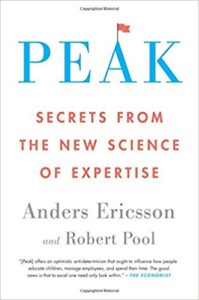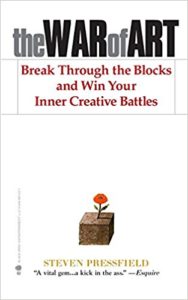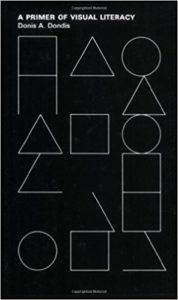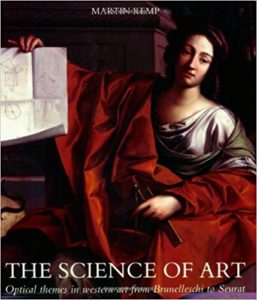
Click to buy – Peak: Secrets from the New Science of Expertise
By Anders Ericsson and Robert Pool
The Book in Three Sentences: This is a must read for anyone who is interested in improving your performance in any field. Talent aside, the brain is capable of developing new skills at any age but we have to learn how to “learn”, or develop dedicated learning habits to improve our abilities. This book breaks down how we learn, and offers some fantastic insight, exercises, and tips on how to break down our own abilities, single out the areas we need to improve upon, then build exercises that help us “focus” on the deficits and improve upon them.

Click to Buy – The War of Art: Break Through the Blocks and Win Your Inner Creative Battles
by Steven Pressfield
The Book in Three Sentences: This is the first book for anyone interested in pursuing the arts of any kind should purchase. The War of Art is filled with every example of excuse, deterrent, or reason we put off “practicing” or “doing” the hard work of improving our skills. It reminds us that art is only difficult because we get in our own way whenever we feel uncomfortable with it, and how we each need to find our own way to trick ourselves back to the drawing board and learn to enjoy every step of the artistic journey.
 Click to Buy – Primer of Visual Literacy
Click to Buy – Primer of Visual Literacy
by Donis A. Dondis
The Book in Three Sentences: This book defines the basic elements and techniques of the visual language. Developing a sense for the visual language is very much like learning any new language, with its own alphabet, lexicon, and syntax which this book lays out clear and simple. The examples are fantastic and accurately punctuate his points.
 Click to Buy – The Science of Art: Optical Themes in Western Art from Brunelleschi to Seurat
Click to Buy – The Science of Art: Optical Themes in Western Art from Brunelleschi to Seurat
by Martin Kemp
The Book in Three Sentences: This manual digs deep into the development of the early tools of representational art when they were practiced as sciences, the geometrical science of perspective and the physical science of color. Kemp uses many famous works as examples of just how far the artist broke down the literal “Z” space of their drawing to correctly represent reality. The second section of the book covers many tools and machines that the artists used to figure out the perspective of a scene and the history of projection tools.
